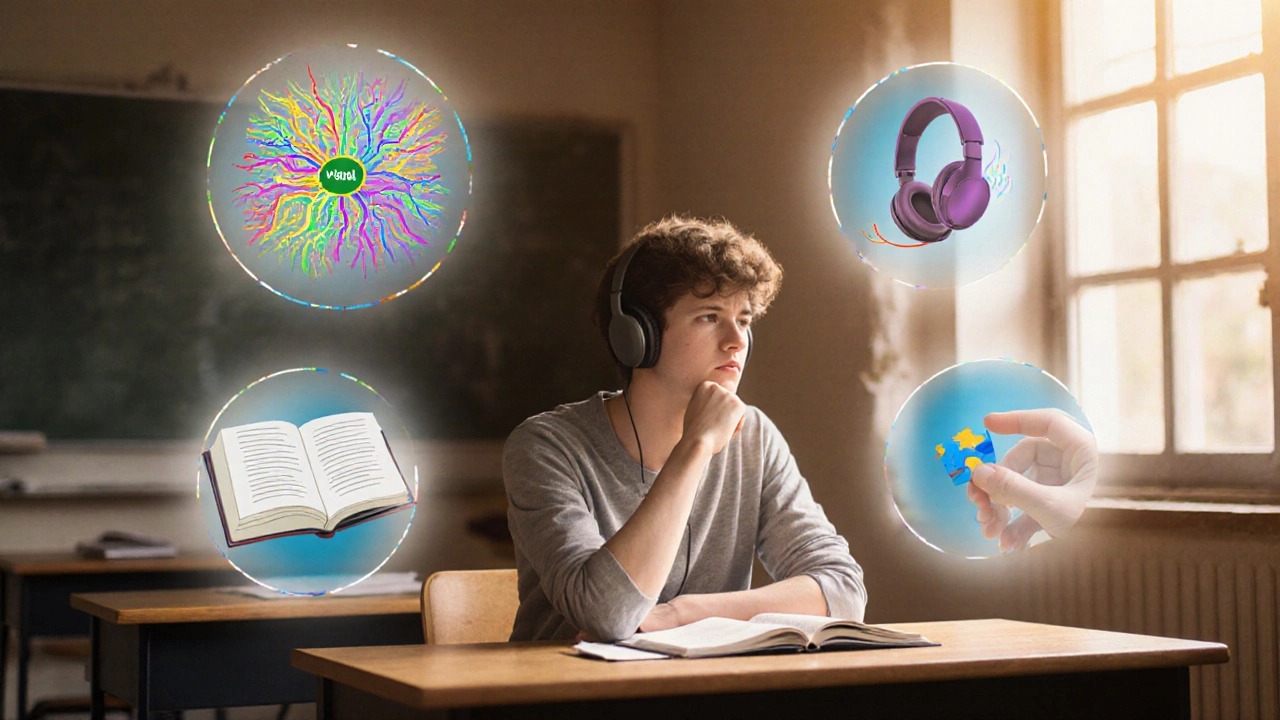Multimodal Learning
When working with multimodal learning, the practice of blending visual, auditory, and kinesthetic cues to deepen understanding. Also known as multimodal instruction, it helps learners keep information longer. This mix is more than a buzzword; it actually mirrors how our brains store new ideas across different pathways.
Think of a lesson that shows a diagram, plays a short story, and then lets kids build a model. That combination is a classic example of multimodal learning. Research shows that when at least two senses are engaged, recall improves by up to 30% compared with single‑sense teaching.
One of the core pieces of the puzzle is visual learning, using pictures, charts, and videos to convey information. In a preschool setting, a bright poster of the alphabet can spark curiosity faster than a spoken list. Visual cues also give kids a reference they can point to later, which is essential for building early literacy.
But sight isn’t the only player. auditory learning, delivering content through spoken words, music, or sound effects. A simple rhyme about numbers lets children hear rhythm and pattern, reinforcing concepts that the eye alone might miss. Adults benefit too—podcasts and narrated tutorials let them absorb material during a commute.
When learners move their bodies, they tap into kinesthetic learning, learning by doing, touching, and manipulating objects. A hands‑on science experiment, a shape‑sorting game, or a dance that spells out vocabulary brings abstract ideas into concrete experience. Kinesthetic activities are especially powerful for children who struggle with static listening or watching.
Bringing these three strands together requires thoughtful curriculum design, planning lessons that purposefully mix senses to meet learning goals.. In early childhood education, teachers often rotate stations: a story‑time corner (auditory), a art wall (visual), and a building block area (kinesthetic). For adult learners, a blended course might pair a video lecture, a discussion forum, and a real‑world project.
Technology today makes multimodal delivery easier than ever. Online learning platforms let creators embed videos, audio clips, interactive quizzes, and 3‑D simulations in a single module. This digital flexibility means learners can choose the mode that fits their mood, and educators can switch it up to keep engagement high.
Whether you’re a preschool teacher shaping tiny minds, a university professor redesigning a syllabus, or a corporate trainer building a new program, understanding how visual, auditory, and kinesthetic elements work together gives you a solid toolbox. Below you’ll find a collection of articles that dive deeper into each learning style, explore practical classroom tricks, and show how multimodal strategies boost outcomes across ages and settings.
Which Learning Style Packs the Biggest Punch?
Explore why no single learning style dominates and discover the multimodal, active approach that research shows is most effective for mastering new material.
